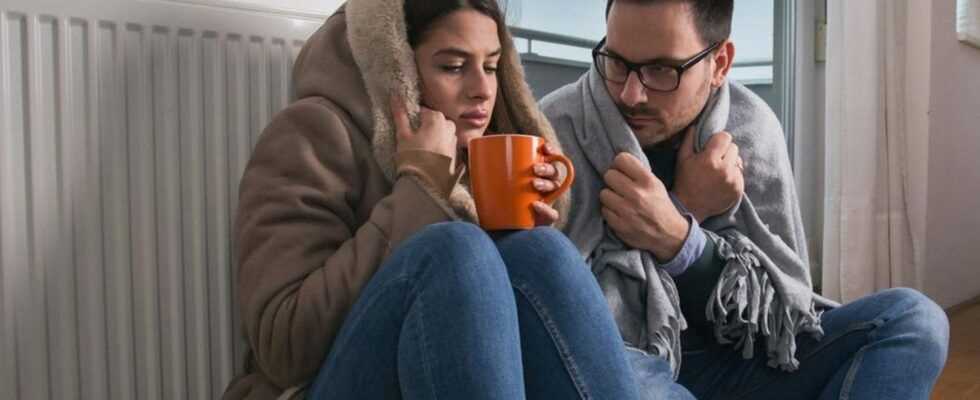October already brings partly icy temperatures. But does it make sense to turn the heating on fully in autumn?
Even in October, people in winter shoes, warm jackets and with scarves around their necks are not a rare sight. The cold is already noticeable not only outside, but also in your own four walls. If you are cold, you can already switch on the heating, says Roxanna Pelka, household expert from "Helpling", an online portal for household-related services. In an interview with the news agency spot on news, the expert explains "little tricks that can be used to delay heating a little. For example, leaving the oven open after you've used it."
If you want to be cozy and warm at night, turn on the heating in the bedroom as early as October. Does it make sense to only heat a certain room or should we heat all rooms at once?
Roxanna Pelka: That depends entirely on personal preferences and, in particular, on how the apartment is laid out. In apartments with large rooms, it makes sense to keep doors closed, otherwise the heat will be lost. If small rooms border one another, you can also heat adjoining rooms at the same time. It is also exciting that different temperature recommendations apply in different rooms: 20 to 22 degrees Celsius in the living room, 22 to 24 degrees Celsius in the bathroom and 15 to 18 degrees Celsius in the bedroom. I personally don't heat the bedroom at all, but prefer to use a winter blanket.
What should you watch out for when heating yourself?
Pelka: All radiators should have enough space in the apartment and not be covered by furniture. What many do not know: heating systems have to be vented regularly. To do this, you can open the radiator with a special key so that the air can escape.
You should also clean the radiators regularly. The radiator can usually be cleaned with a little washing-up liquid and a thin cloth. A bristle brush is particularly suitable for the grooves on the radiator. To remove dust from the interior as well, place a damp towel under the radiator and blow air into it from above using a hair dryer.
At what level should the heating be in order to save as much energy as possible?
Pelka: Many people turn the heating down completely when they leave the house thinking they can save energy in this way. That is a fallacy! Reheating the completely cooled room consumes an enormous amount of energy. It is better to keep the temperature in the room constant – so it is better to set the heating to a low level instead of switching it off completely.
What you can also do to protect not only the environment, but also your wallet, is regular ventilation. Open the windows completely for several minutes to replace the dry air with fresh. In contrast to a tilted window, you can reduce heat loss in this way. If you tilt the windows, you risk chilled walls and mold growth.
Curtains can also prevent the heat from escaping. You can avoid constant heat loss through closed curtains, especially in less well-insulated old buildings. In order to seal the windows additionally, you can put rolled wool blankets on the window sills.
How can dry heating air be prevented?
Pelka: You can use damp cloths for radiators. Simply place them on the radiators. This way the water evaporates and increases the humidity in the room. A smart tip: Instead of towels, you can also spread your damp laundry, such as sheets or towels, on the radiators. This is not only efficient, but also humidifies the air at the same time.
Indoor plants can also help with dry heating air. During photosynthesis, these release moisture.
